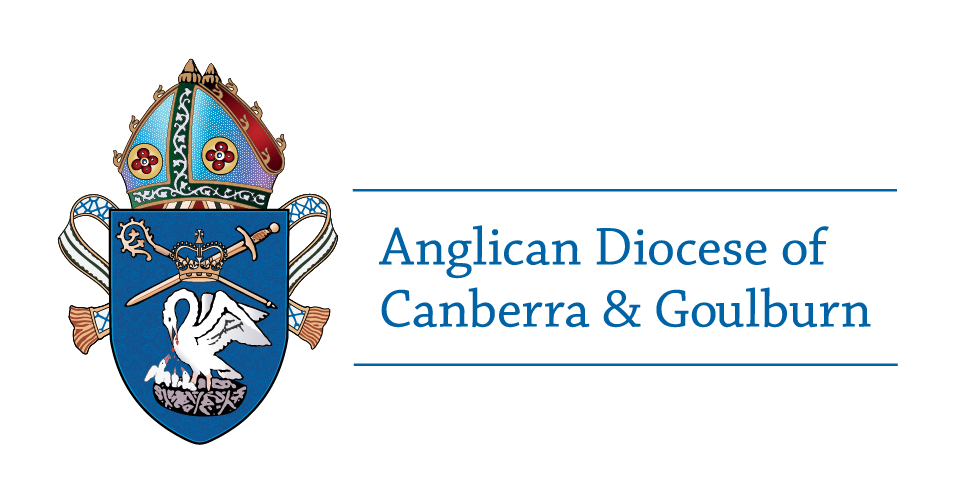In the wake of the death of Queen Elizabeth, I’ve been reflecting on all the changes she encountered during her 70-year reign. The Bible reckons three score and ten to be a good number for an entire human life span; for her it was a term of active service. It encompasses almost one third of Australia’s postcolonial history and stretches back to a time before television, let alone the mobile phone and the internet.
So what can we say about the year 1952? It was a time when Australia, and to a lesser extent Great Britain, were emerging from the rigours of wartime austerity. In the wake of the disruption caused by that conflict and the Great Depression there was an upsurge in collective expressions of community life. Membership of organisations such as trade unions, political parties and service organisations was at an all-time high (at the same time, it is important to acknowledge that many groups were explicitly or tacitly excluded from full participation in these bodies).
For Australian Christians this was a season of opportunity. There is some evidence that voluntary church attendance was the highest it has been at any point in our history. When Billy Graham came to our shores and when Anglican Bishops led Parish missions they could tap in to a reservoir of assumed Christian knowledge. In his work Evangelicals and the End of Christendom Australian historian Hugh Chilton describes how this shaped one particular Christian tradition:
‘As eminent missiologist Andrew Walls argued of the origins of the movement “historic evangelicalism is a religion of protest against a Christian society that is not Christian enough. The evangelical bugbears were less professed infidelity than professed Christianity without the distinguishing doctrines of the gospel.”’
So how might we engage our world 70 years later, when the idea of Australia as a professedly Christian society seems increasingly outdated and irrelevant? Maybe Her Late Majesty can give us some clues.
It has often been remarked that the Queen’s public statements, and her Christmas address in particular, became more explicitly Christian in the later years of her reign. Even as the society she led became more secular and diverse she was willing to nail her colours to the mast. So how did she do it? Here’s one quote from her 2014 address:
‘For me, the life of Jesus Christ, the prince of peace, whose birth we celebrate today, is an inspiration and an anchor in my life. A role model of reconciliation and forgiveness, he stretched out his hands in love, acceptance and healing.’
Her language about faith here is both personal and public. It is personal in that it is spoken in the first person. The Queen doesn’t assume any particular religious understanding on the part of her hearers but speaks for herself. But it is also public language. The Queen tethers her personal convictions to realities that can be accessible to anyone – the life of Jesus Christ, His teaching and actions.
As we seek to engage the world of 2022 with that same good news may we be inspired to do so with the same grace and clarity.


